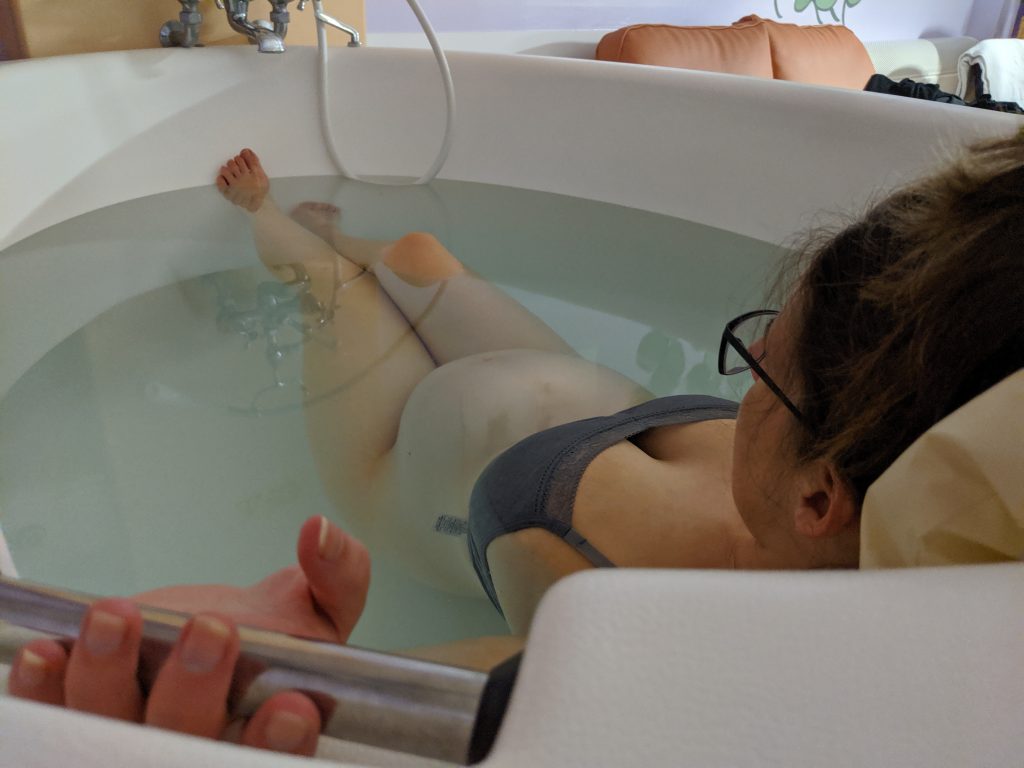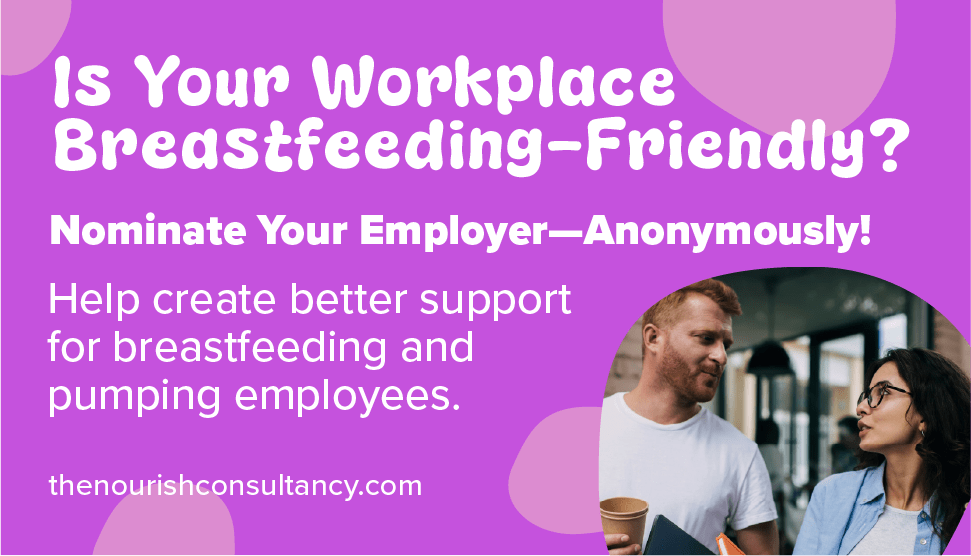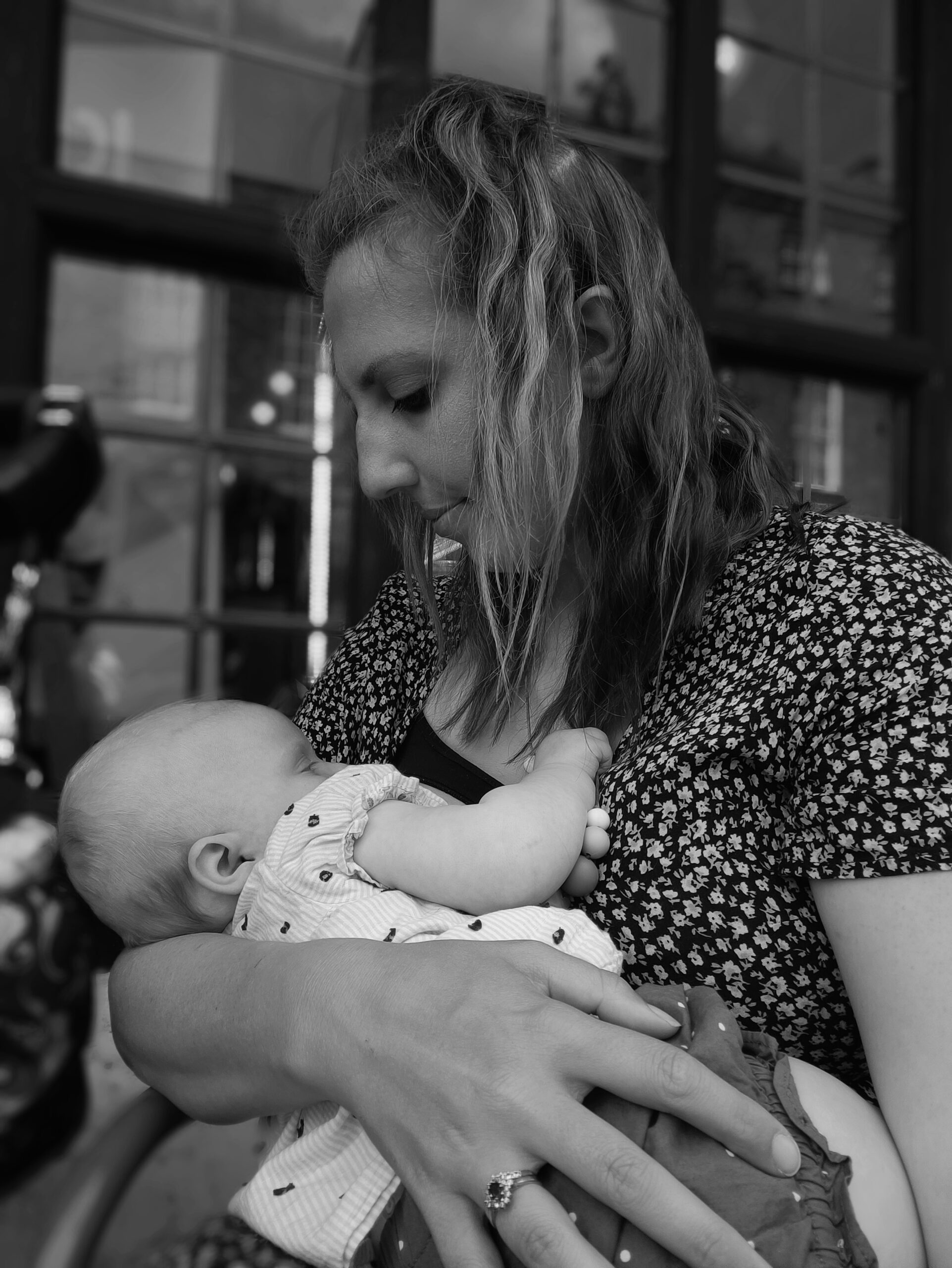Hypnobirthing is quite a misunderstood term. A lot of discourse around hypnobirthing talks about calm and peaceful births, and it’s true, sometimes you can “breathe your baby out”. But that’s not the only way to hypnobirth – there is no ‘correct’ way to do it.
Birth can be calm and peaceful, but it can also be wild and instinctive – and it’s often all of the above!
Hypnobirthing allows you to have full control over your body by entering into a voluntary state of self-hypnosis. We actually go into natural states of hypnosis all the time. Have you ever driven somewhere in the car and can’t remember how you got there, or just lost yourself in a book or film where you’ve forgotten about everything else? These are states of self-hypnosis, and this is what you’re looking to achieve with hypnobirthing: a state of focused relaxation where you surrender to the powerful sensations of labour and block out any distractions.
Hypnobirthing is rigorous, deeply rooted in scientific research, anatomy and physiology. In a nutshell, you’re looking to achieve deep relaxation using evidence-based breathing techniques, affirmations and visualisations.
Hypnobirthing is rigorous, deeply rooted in scientific research, anatomy and physiology.
The breathing techniques alone can help lower your blood pressure, heart rate, calm your nervous system, energise you, and help your amazing uterus to surge (or contract) with ease.

So, why do we practice self-hypnosis?
Over time we have built up a mental bank of negative stories about birth and stored them away in our subconscious. The primary goal of this part of our brain is to protect us, so it places more emphasis on the perceived danger or negative aspects of a situation. Through repeating affirmations and visualisations, we enter into a state of self-hypnosis where positive messages about birth can filter through to our subconscious in order to reframe the way we think about birth and the sensations of labour.
When we’re in labour, we need oxygenated blood to flow to the uterus in order for it to surge and move baby down into position. But if we become scared and anxious, we’re telling our body that it isn’t safe to birth our baby – our mind and body go into ”freeze, fight or flight” mode, causing blood to flow away from the uterus to the parts of the body needed to flee the situation, which makes our sensations more painful.
This is why we often get a situation where we’re contracting beautifully at home, but then we get to the hospital, where we’re unfamiliar, with bright lights and lots of strangers, and labour can slow down or stop.
It’s crucial for you and your birth partner to know how to promote birthing hormones, protect the birth space, set up the birth environment, and have some knowledge of your birth rights and how to advocate for yourself.

It’s crucial for you and your birth partner to know how to promote birthing hormones, protect the birth space, set up the birth environment, and have some knowledge of your birth rights
‘BRAINS’ acronym
A really useful decision making tool is the ‘BRAINS’ acronym. We have so many decisions to make during pregnancy, birth and beyond, and this can come in really handy:
Benefits – What are the benefits of this suggested procedure/intervention?
Risk – What are the risk? How could this impact me and my baby in short and long-term?
Alternatives – What are the alternatives? Watch and wait? Scan, bloods, monitoring etc?
Intuition – What is your intuition telling you? Intuition is really strong during pregnancy!
Nothing – What if we do nothing for a week, or a few days?
Second opinion – Get a second opinion from another midwife or doctor.
You are the authority of your pregnancy, birth and postpartum experience.

Whether you’re having a pool birth at home, birthing on a labour ward, having induction of labour, or caesarean birth, you still have rights and choices, and should always be respected and involved in decision-making.
My full antenatal workshops, power hours, and mindful caesarean workshops cover all of the above in depth, but with a focus on rights and advocacy.
I also highly recommend listening to the midwives cauldron podcast, subscribing to Dr Sara Wickham’s emails, reading Dr Rachel Reed’s articles, and doing her childbirth physiology course, and, of course, watching and reading lots of positive birth stories.
Knowledge is power!


















